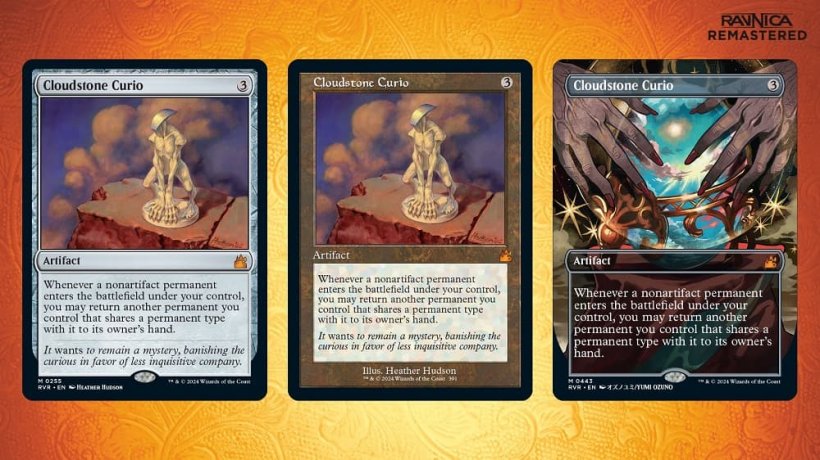AI art in my games? Can’t say I want it…

So, let’s talk about artificial intelligence.
Wait, don’t walk away! Yes, the topic of AI has already been done to death but, sadly, it’s not nearly done yet. Nowadays, the use of AI in games has ignited a furore not seen since the days of horse armour or loot boxes. Are you pro or anti? Do you believe it’s the future of creativity and media or that we’re effectively creating Skynet except it only makes pictures of anime girls with their tops off?
Well, regardless, there’s one group that hasn’t often been considered in these debates, the consumer. Seen mainly as passive, players are widely perceived in the role of those that many hope, or fear, will lap up the AI-generated images, designs and textures that are being proposed as the future of game development.
But we disagree, and think that contrary to popular belief most people who play games, on all platforms, including mobile, are a lot more discerning than people may assume. The wider consumer audience is not nearly as passive in accepting AI as many expect either, and it may be that companies rushing headlong into adopting it are shooting themselves in the foot.
Look no further than the most recent kerfuffle that erupted after the publishers of the popular card game Magic: The Gathering was pointed out as having used AI-generated art for social media promotions in a now-deleted Twitter (okay...'X') post. The post was swiftly taken down thanks to backlash, not helped by initial denials, and the image can now only be found elsewhere on the web (you can see it as the header for this article).
For fans, many of whom collect these cards specifically for the art that comes from creators such as 2000AD alumni Greg Staples, cult fantasy artist Brom, Kev Walker or Esad Ribic - who worked on the critically acclaimed Thor: God of Thunder with writer Jason Aaron. This was received by vocal members of the community like a slap in the face. After all, if, as proponents love to boast, this art can be made for pennies on the digital dollar, why should players be paying out the nose for them?

The same goes for AI in mobile games, unfortunately. Although there may be many who’d lap up additional variants of their favourite characters, there are just as many who’d turn up their noses at wasting their hard-earned gacha rolls on a Midjourney creation. Some on the business side of things may say, “But if we can sell it to the majority, why bother about the minority?” Well, one word; whales.
We all know those guys who drop tens if not hundreds of dollars on gacha pulls just to get that one particular SSS drop. How exactly are they going to feel about getting something that was made in five seconds by an overworked intern?
The 'Human Touch'
And then there’s that famously ephemeral quality of the ‘human touch’ which frustrates so many who look at these things from the angle of pure business. They may look at something generated by an AI engine and not see the difference, and yeah there are plenty of people for whom it may be indistinguishable at a glance. But, at the same time, games such as Goddess of Victory: Nikke or Reverse: 1999 are noticeably original and human-made, and distinct because of it.
But let’s go for an older example, procedural generation. Yeah, remember when that was all the rage? Sure it worked for the structure and, to a degree, the content of roguelikes and strategy games, but begin applying it to genres that it didn’t work for like first-person shooters and it all falls apart. Imagine playing PUBG or Fortnite only to have the map be different each time. It removes the element of mastery that comes from learning the intricacies of each location and how to use them to your advantage. It has its place (as AI-generated elements may do), but simply putting it there rather than innovating or iterating it just makes it feel uncanny.
In that same way, for a lot of people, AI art just feels wrong to use in this, content-generation, manner. If it’s so cheap and easy for developers and studios, what’s the motivation for regular players to put in the time or worse, spend their hard-earned cash? Surely there’s got to be some kind of point of pride in not using the easiest option?

That’s not to say you don’t have cases where you can use AI correctly. There’s a lot of debate about using tools to accelerate the creative process rather than replace it, and how far we should be willing to go. But that’s just the thing, there’s a debate, and those who circumvent it purely to say we should use AI to replace everything don’t seem to see that not everybody would put money down for something made quickly and cheaply.
So what do you think? Does it matter who, or what, created your latest gacha pull as long as it looks pretty? Do you think the savings that studio heads talk so loudly about should be passed onto consumers? Feel free to drop a comment and let us know what you think!
